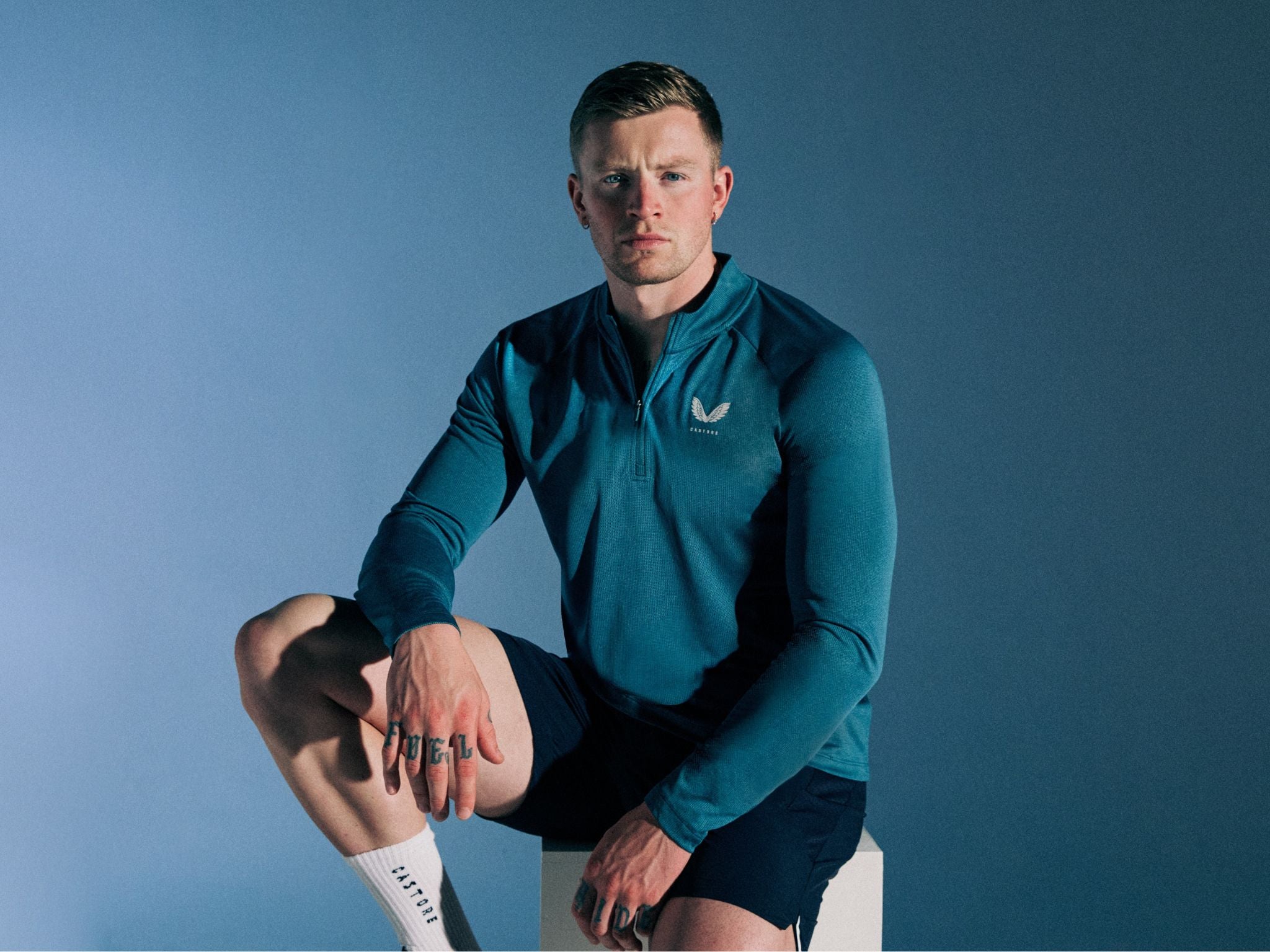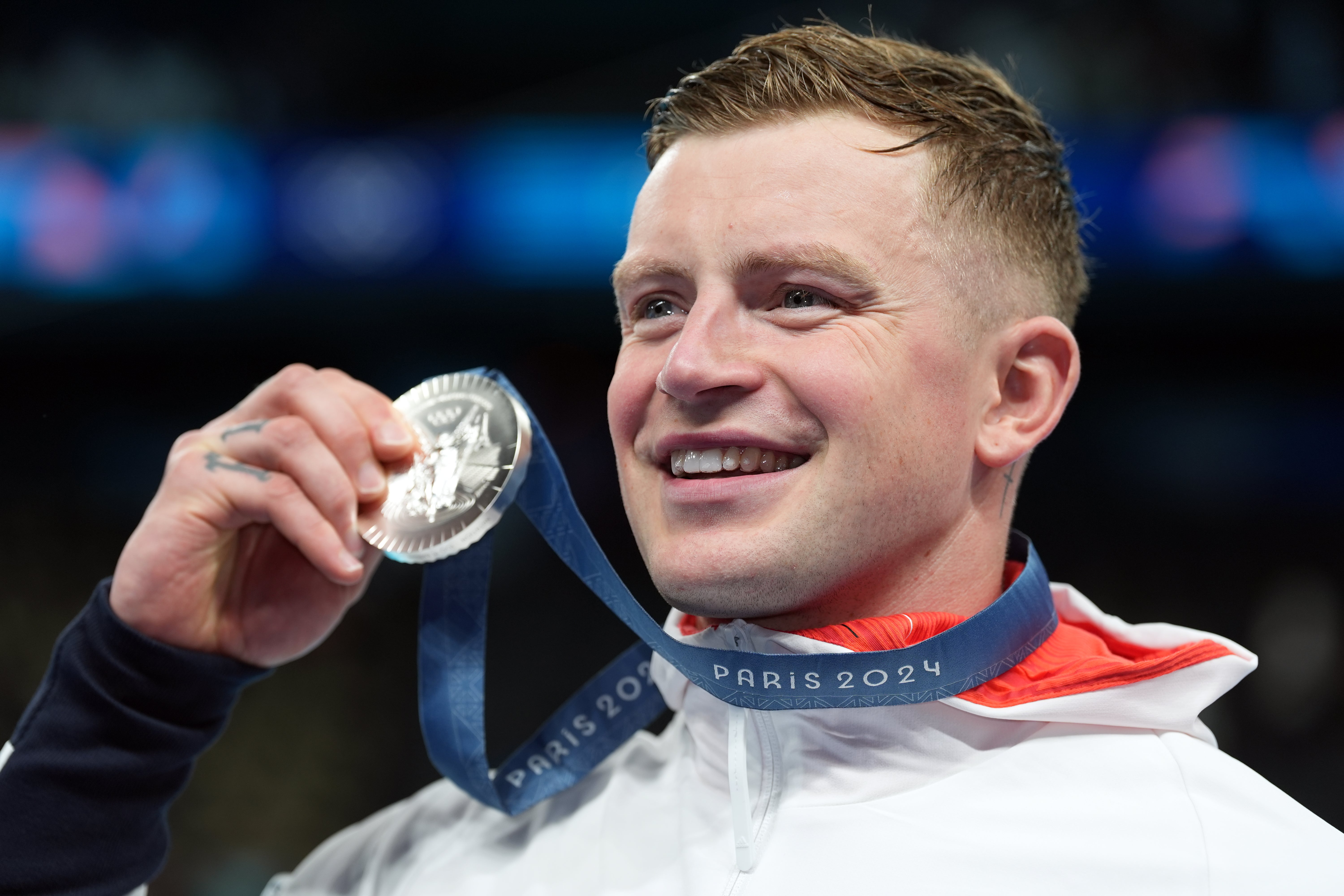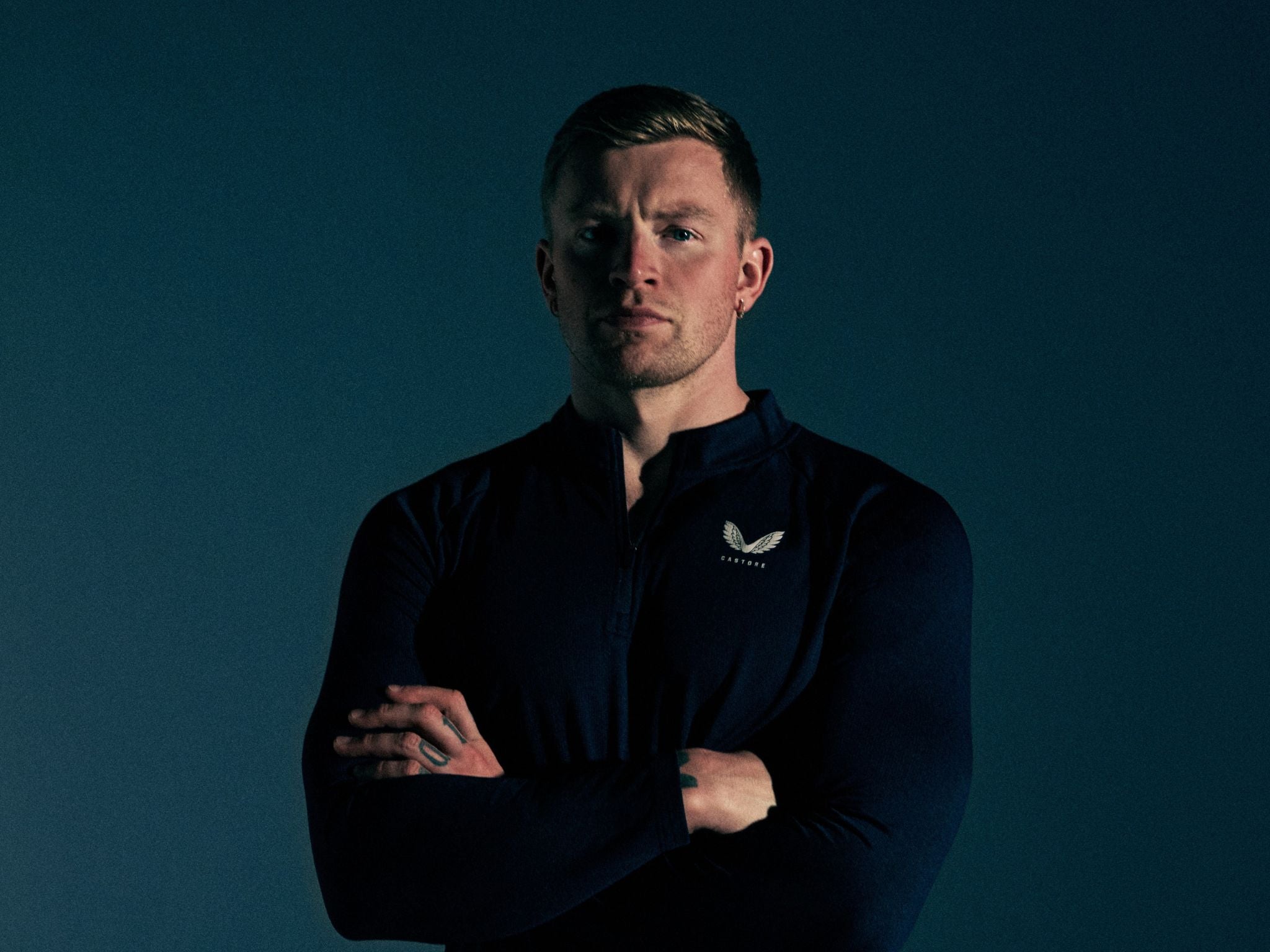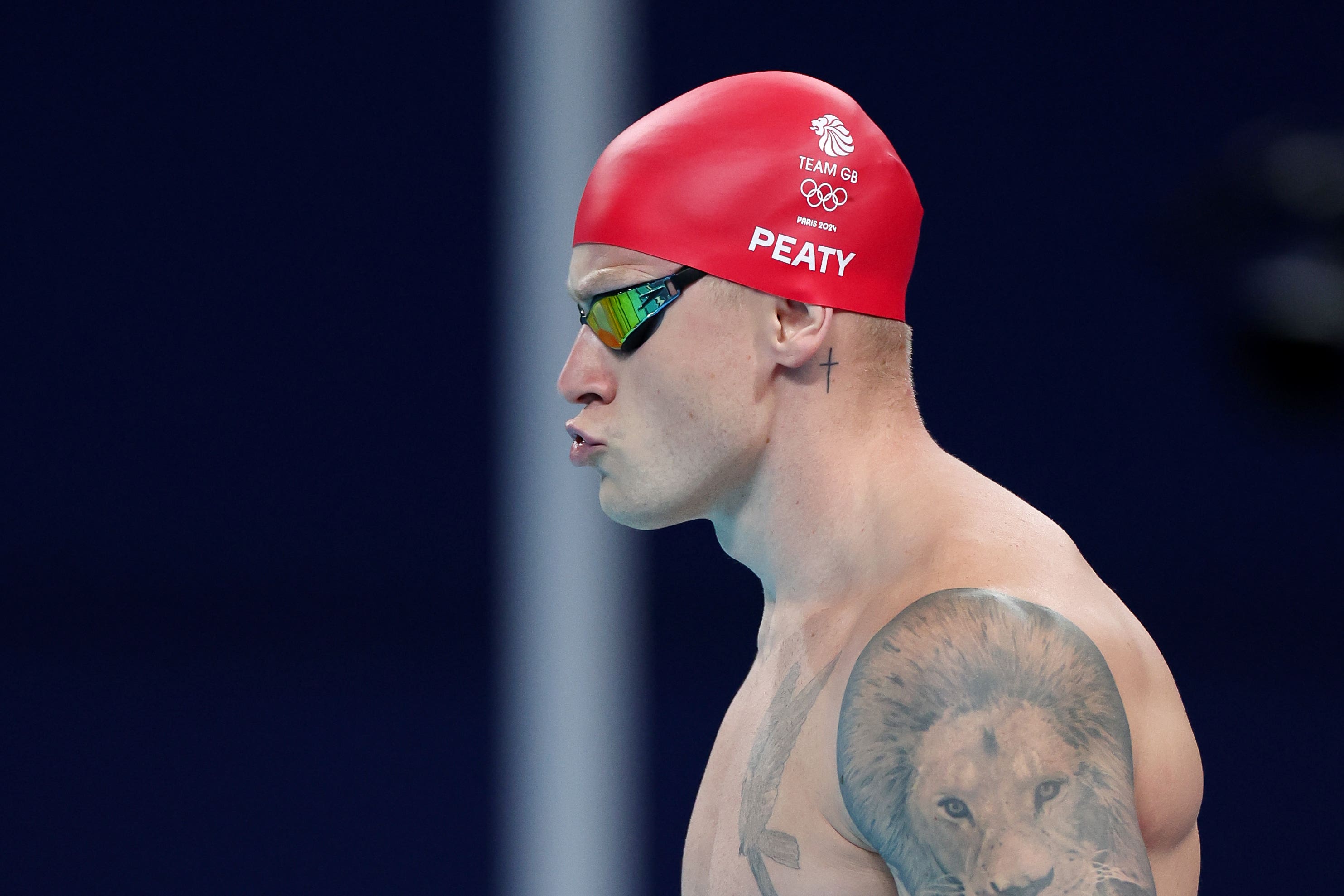The Independent's journalism is supported by our readers. When you purchase through links on our site, we may earn commission.
Adam Peaty reveals the training and mindset shift that got him to Paris 2024 – and what he plans to do next
Adam Peaty’s preparations for the 2024 Olympic Games were among the toughest of his career – here’s how he did it

Your support helps us to tell the story
From reproductive rights to climate change to Big Tech, The Independent is on the ground when the story is developing. Whether it's investigating the financials of Elon Musk's pro-Trump PAC or producing our latest documentary, 'The A Word', which shines a light on the American women fighting for reproductive rights, we know how important it is to parse out the facts from the messaging.
At such a critical moment in US history, we need reporters on the ground. Your donation allows us to keep sending journalists to speak to both sides of the story.
The Independent is trusted by Americans across the entire political spectrum. And unlike many other quality news outlets, we choose not to lock Americans out of our reporting and analysis with paywalls. We believe quality journalism should be available to everyone, paid for by those who can afford it.
Your support makes all the difference.“I’m just a normal person that’s good at my job, really,” Adam Peaty tells me. It’s hard to argue with the second part: the 29-year-old transformed the world of swimming, holding two world records and enjoying an eight-year unbeaten run in the 100m breaststroke.
But this invincible streak came to an end in 2022 when a rushed return from a fractured foot saw the Castore athlete take fourth at the Commonwealth Games. That same year, Peaty split from his partner, Eirianedd Munro, and he has since spoken candidly about his experiences with depression.
For these reasons and more, preparing for the 2024 Paris Olympic Games was one of the hardest challenges he’s ever faced, and in March 2023 he reached a point where swimming had “broken” him.
It was then that he wrote a contract with himself, brokering an internal deal to dedicate the next 14 months to “hardcore training”. The goal? To be happy at the Olympic Games, and to come away with a result he could be proud of. Here, he reveals more about the workouts, swimming sessions and mindset shift that got him there.
Mindset over everything
It was a contract with himself, at a point when he was “almost broken”, that got Peaty to Paris. This contract revolved around three questions: “What are you trying to achieve, do you know the price of that, and are you willing to pay that cost?”
“What was I trying to achieve – was it a medal, or to be happy at the Olympic games? It was a mixture of both,” he tells me. “It was going to take dedication and 14 months of hardcore training, as well as exposing myself to losses, being a different athlete and playing the long game.”
“But the answer [to the final question] was yes, I was willing to do that. As soon as I asked myself those three questions, and I knew the answers to them, it was a non-negotiable for me. It was something that had to happen, because you don’t want to regret something that you could’ve done.”
And he was good to his word, training day after day and securing a spot in the Team GB swimming squad. But things didn’t go to plan in Paris, with Peaty missing out on a third consecutive Olympic 100m breaststroke gold by just 0.02 seconds after contracting Covid during his final preparations. Despite this, he says he doesn’t “ regret one training session or decision I made”.
“I realised that the pain of regret is always going to be worse than the pain of losing, so I wrote that contract with myself, I did it, and I got a good result,” Peaty tells me, two months on from the event.
“You’ve got to be a warrior. You’ve got to fight every single day, not back down and choose ways to work harder and smarter. There was no stone unturned in the hard work, the deliverables and the results, and I couldn’t have done anything more. It was unfortunate that we got dealt a bad hand in Paris with illness, and certain calls and strategies that were made which weren’t beneficial. But at the same time they still happened, so it is what it is.”
“It’s never just a case of ‘This result defines me’,” he adds. His training helped him unlock an even greater work ethic and resilience, and through this he’s been left “happy with the person I am, and the skills I’ve acquired”.
Read more: I tried Alex Yee’s running workout and it humbled me in just 40 minutes

Olympic swimming training
Peaty’s training regime has changed throughout his career. As a teen, all the way up to the age of 24, he would do five gym workouts and 10 swimming sessions per week, covering roughly 55,000m in the pool.
“Some of those days, especially when I was in school and college, were 4am or 5am starts,” he says. “And they’d be 8pm finishes, with school in the day. It was very, very challenging.
“As I’ve got older, we’ve had to be a bit more strategic with my time and recovery because it takes a little bit longer for the nervous system.”
Peaty also has more commitments now than he did at the start of his career, which was another reason for streamlining his plans.
“You have to prioritise – the training comes first,” he explains. “Then the recovery comes second, and everything else has to [fall back in the] pecking order, which is a format I wasn’t really happy with when I had George [Peaty’s four-year-old son]. That had to change a little bit because you want to put his needs first, but you also want to be a performance athlete.”
In the run-up to the Paris Olympics, Peaty’s revised weekly schedule usually comprised three or four trips to the gym and eight or nine pool sessions – a cocktail of longer aerobic swims, sprints, hard intervals intended to boost his VO2 max and recovery sessions.
“Everything was always calculated and it could change depending on where my body was at,” Peaty says. “Around that you also have responsibilities like being a father, business partners, commercial work and ambassadorships, so it never really stops.”
His schedule, in the gym and in the pool, also changes throughout the year to reflect where he is with his training. He and his team are constantly tinkering, with the final few months before a major competition being “all about maintenance and finding that extra one per cent in your performance” – an approach he likens to tuning up an F1 car.
“When you may start off, you may not be getting the performance you want – a bit like McLaren this season,” says Peaty. “But eventually you get halfway through the season, or towards the end, and you start to shape that car into something that’s very specific and very fast.
“You’re looking at every single little detail, whether that’s on the cameras, on the data we’re given on recovery, or finding new ways to train. It’s continually shifting and we’re constantly learning as athletes and coaches how to to find a formula that works.”
Read more: Stanley Tucci got into the ‘best shape of his life’ at 63 with this training method

Adam Peaty’s gym workouts
Peaty boasts biceps like bowling balls, but his pre-Olympic gym trips weren’t geared towards looking good – every workout was programmed with the sole intention of improving his performance.
“We want to build strength and power in the muscles, and convert that into going faster in the pool,” he says. “There’s no point in me going into the gym and doing stuff aimlessly.”
In more recent years, his gym sessions have prioritised compound exercises like the squat, bench press and pull-up. These involve recruiting multiple muscles at the same time, usually to move heavy loads, making them a top option for Peaty’s training goals.
His coaches also employ supersets (two exercises performed back to back with no rest in between) as part of a technique called complex training.
“You’ll go for something really heavy, and pair it with something bodyweight and really fast,” Peaty explains. “So I might do [back] squats paired with countermovement jumps [max height vertical jumps from a standing start].”
Exercise (perform the moves below as a superset) | Sets and reps | Rest |
Barbell back squat | 5 sets of 5 repetitions | 0 seconds |
Countermovement jump | 5 sets of 5 repetitions | 120 seconds |
When using this training technique, Peaty also ups the weight he’s lifting with each set. If he’s doing back squats, he’ll lift 100kg for the first set then work his way up to five reps at 150kg for the final round – something he likes to do on a Monday morning, when his body is feeling fresh after his regular Sunday rest day.
The aim of complex training is to build strength and improve power development simultaneously. Studies also suggest that “athletes will develop more power with this method than standard loading of resistance training or plyometrics alone,” according to the National Strength and Conditioning Association.
Read more: I stopped drinking for six months – five reasons why it’s one of the best things I’ve ever done
The importance of recovery
Even after trimming his training volume down, Peaty’s week is still incredibly mentally and physically demanding. To support this, a solid recovery routine is essential, and Peaty believes listening to your body is the best way to work out what it needs.
“Recovery is like 3D chess,” he tells me. “You never know what’s going to work until you get to Monday morning and think, ‘Oh, that feels good’.
“You need enough space for physical recovery, but that can also mean doing something active, so I might go for a walk, do something around the house, or do whatever I enjoy, for example.
“And you also need that mental recovery, which means taking yourself out of the sport for a bit – going to church or doing different events, working with sponsors. I really enjoy doing stuff that’s different and learning in different ways.”

What’s next for Adam Peaty?
Peaty has publically flirted with the idea of returning for the 2028 Olympic Games in LA, particularly if the 50m breaststroke features. But after 14 months of relentless training, it’s time for a break – for now at least.
“What’s next? For me, it’s taking a break from sport and living a life that is more business and people-oriented,” he says.
But this break has been anything but quiet so far. Since the 2024 Olympics finished, Peaty has announced his engagement to partner Holly Ramsay and celebrated his son George’s fourth birthday.
“[This break is about] having time and using the resources I’ve been harvesting,” he says. “I’ve been planting the seeds for 19 years, and now I want to enjoy a little bit of that.
“If I decide to go back into the sport then I will, if I don’t then I won’t. That’s what I’m doing now, I think, finding the answer to that very important question.”
Read more: A strength expert reveals how to bench press properly – and three common mistakes to avoid




Join our commenting forum
Join thought-provoking conversations, follow other Independent readers and see their replies
Comments